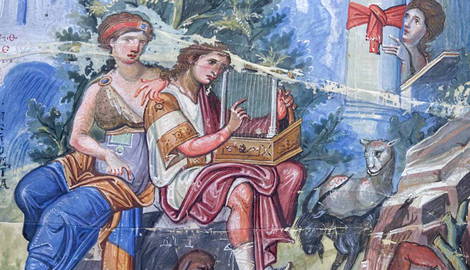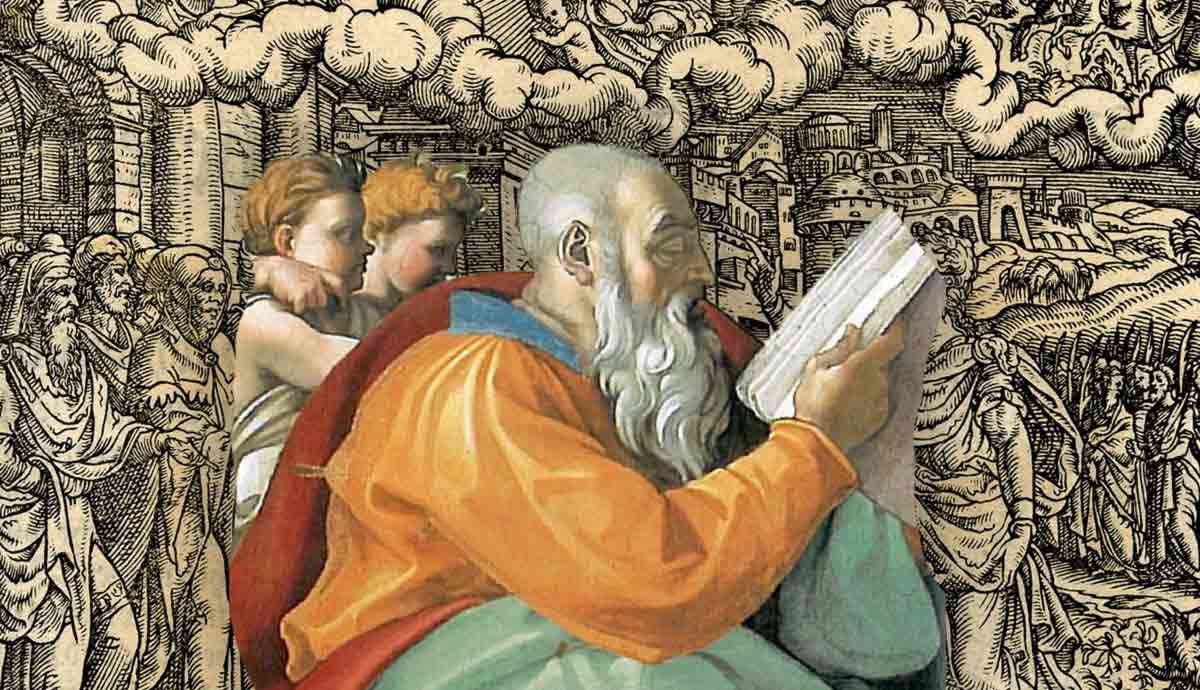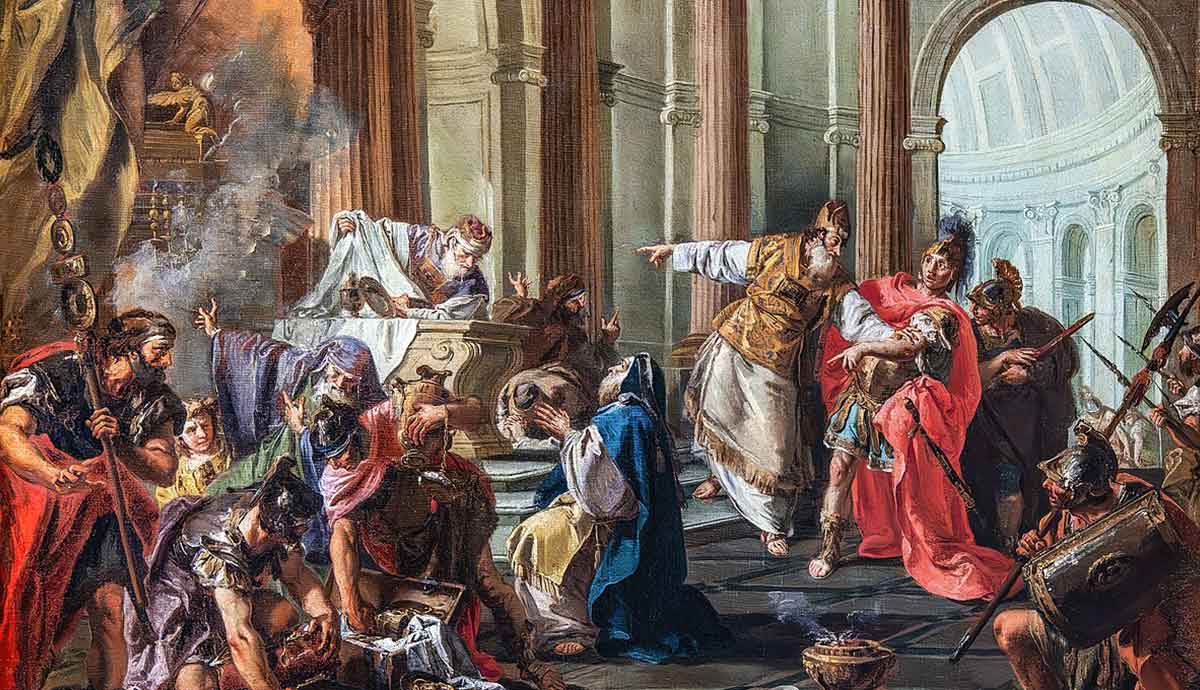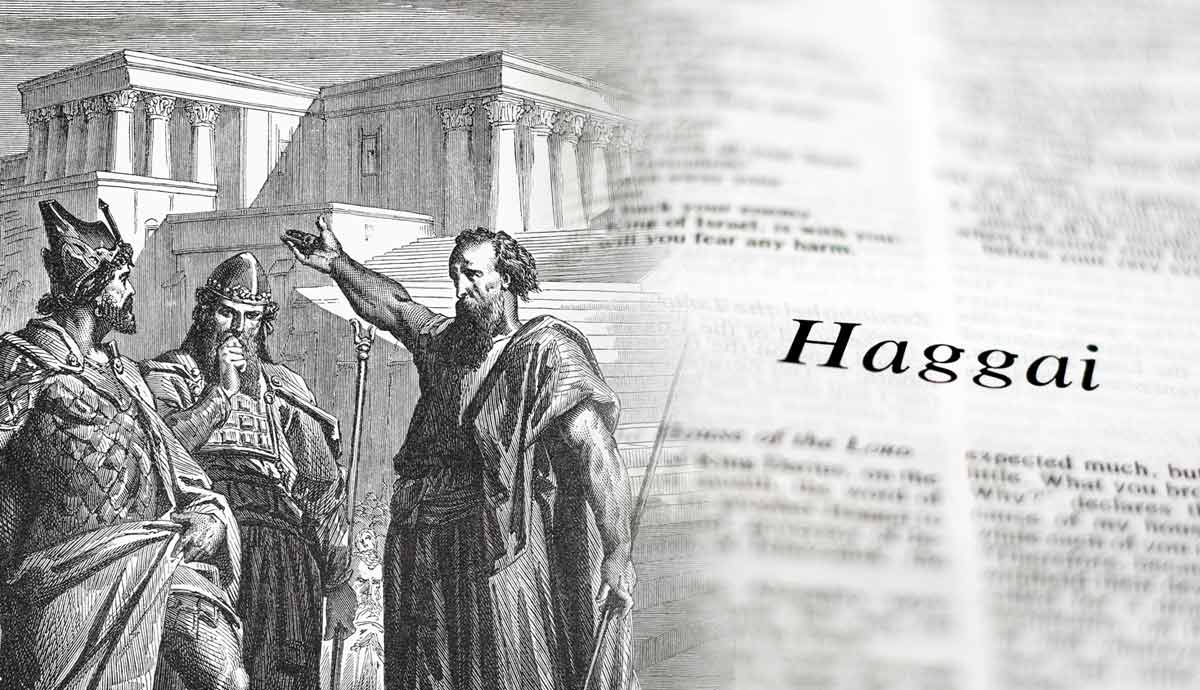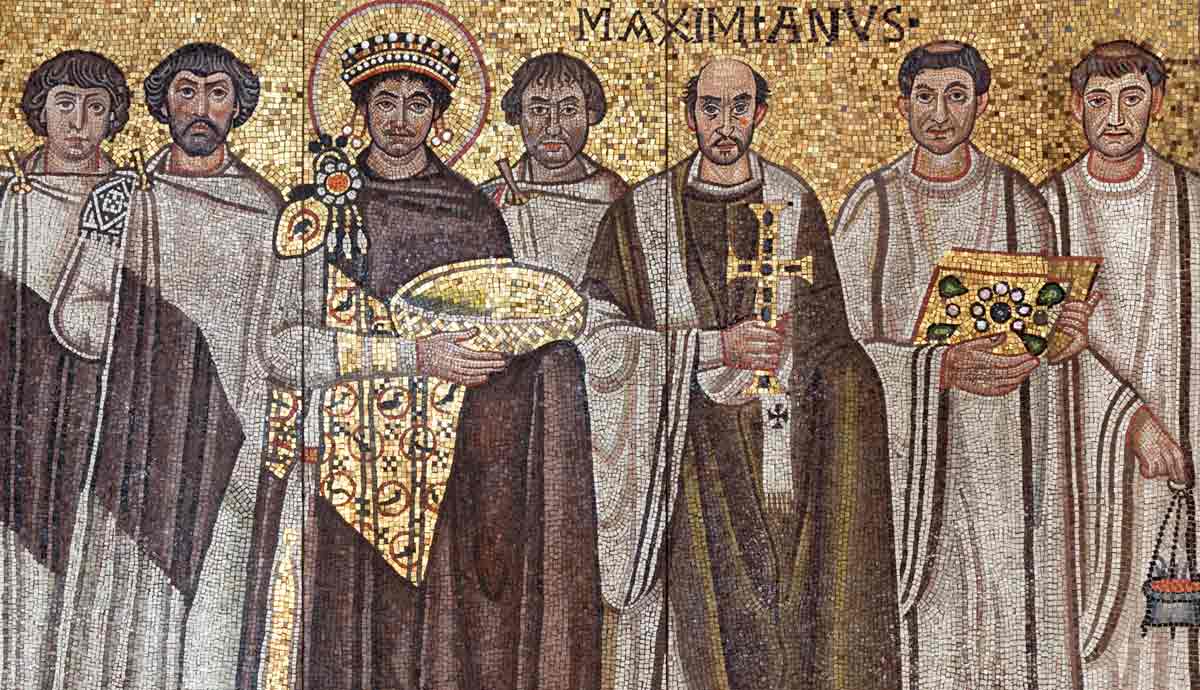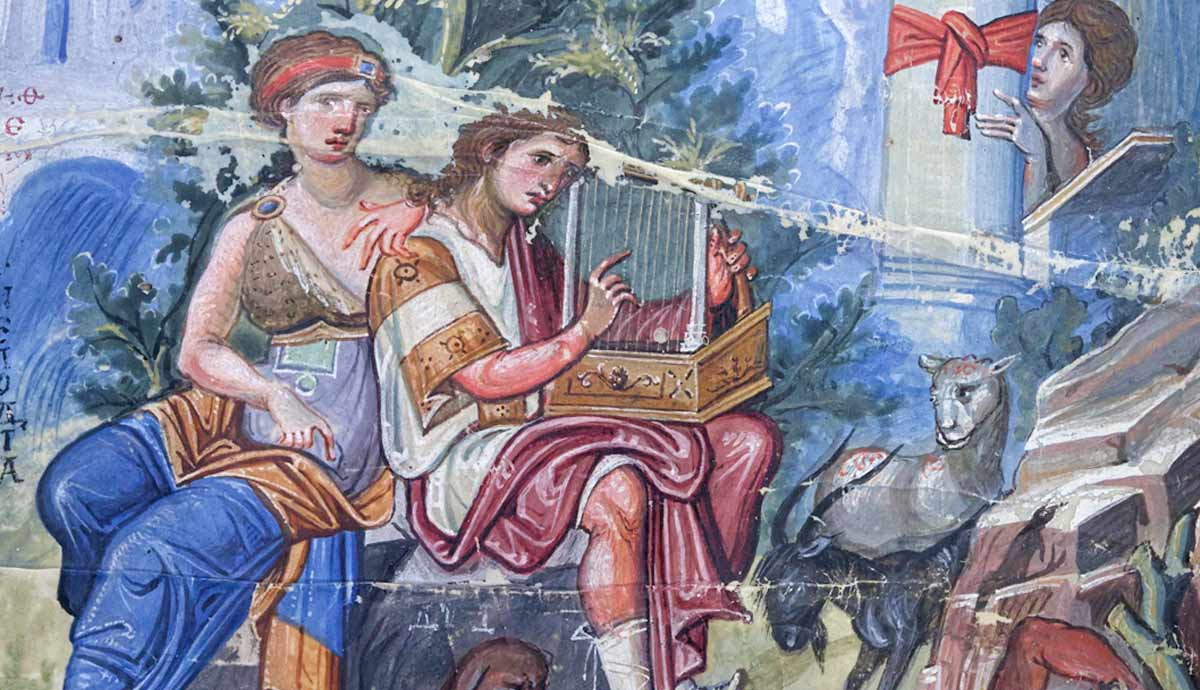
The Book of Psalms is a collection of poems, prayers, and hymns written from the time of Moses to when the people of the Kingdom of Judah were exiles in Babylon. The Psalms cover a range of emotions: from joy, jubilation, and praise, to expressions of pain and lament. As such, it offers insight into how men of faith dealt with certain situations and expressed their feelings. The Book of Psalms contributes to the theological understanding of the nature of God, the Divine-human relationship, prayer, worship, morals and ethics, and messianic prophecy.
Authorship and Date
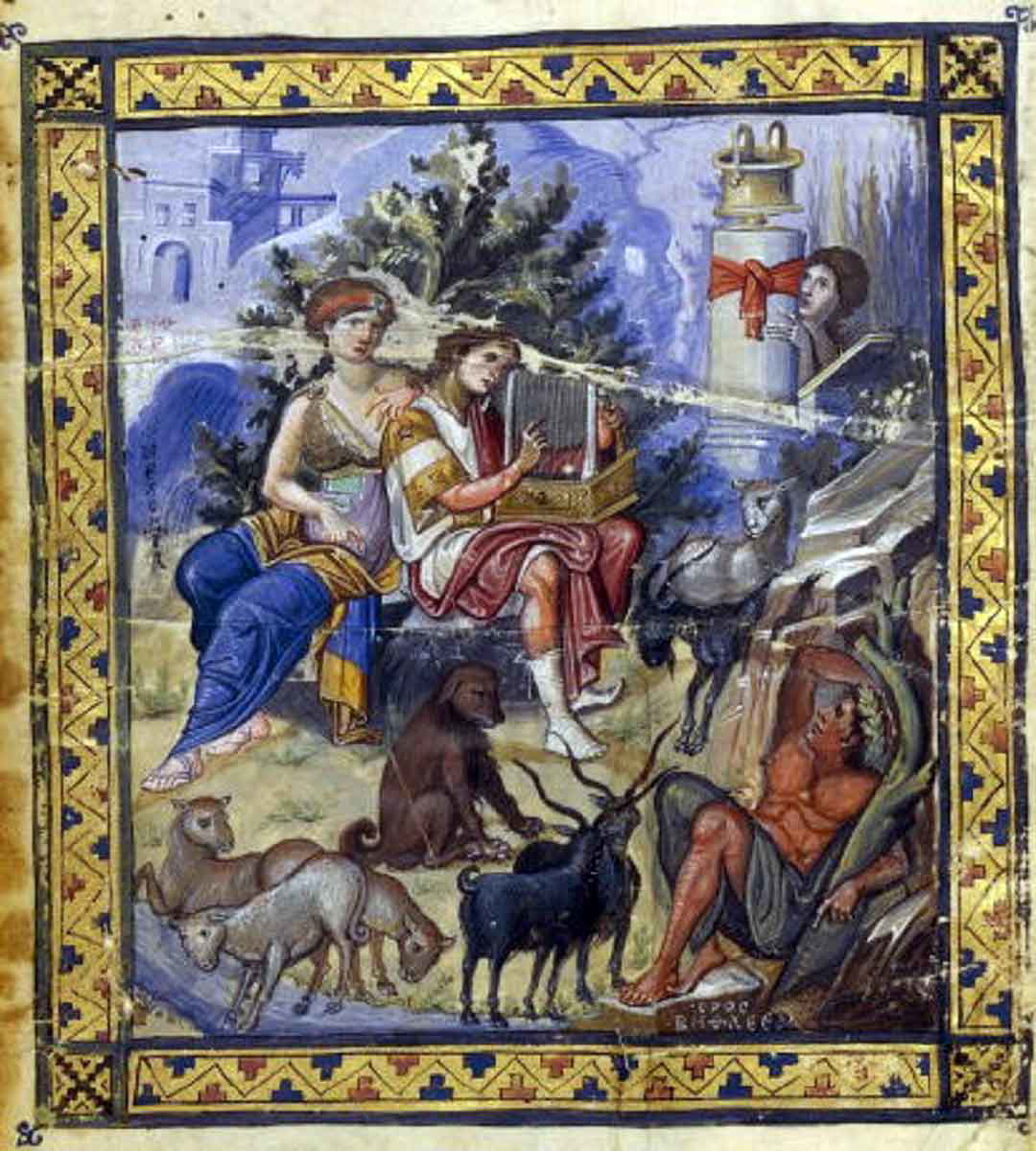
In the Book of Psalms, the individual Psalms often identify the author in the first verse. Psalm 90, for instance, identifies Moses as the author. Psalm 23, in turn, identifies David as the writer. By identifying the different authors, the book admits to being a compilation. David gets credit for 73 Psalms, Solomon for two, Asaph for twelve, the sons of Korah contributed eleven, while Heman wrote Psalm 88, and Ethan the Ezrahite, Psalm 89. 50 do not identify an author, though other parts of the Bible identify David as the author of two of these unclaimed poems.
Psalm 90 dates to the time of Moses, and Psalm 104 mentions Leviathan, a creature that features in the Book of Job too. These Psalms are some of the oldest in the Bible and could date to more than 1400 BCE. Psalm 137, which became a hit single for the band Boney M, addresses the state of the people during the Babylonian exile, dating it to between 586 and 538 BCE. Compilers did the final compilation of the Book of Psalms after the captivity. Evidence from the intertestamental period shows the compilers of the Septuagint recognized 151 Psalms and the Dead Sea Scrolls contained 155. The Biblical canon contains 150. Psalms, therefore, covers a period of almost a millennium in terms of when the authors wrote the individual poems.
Historical Context
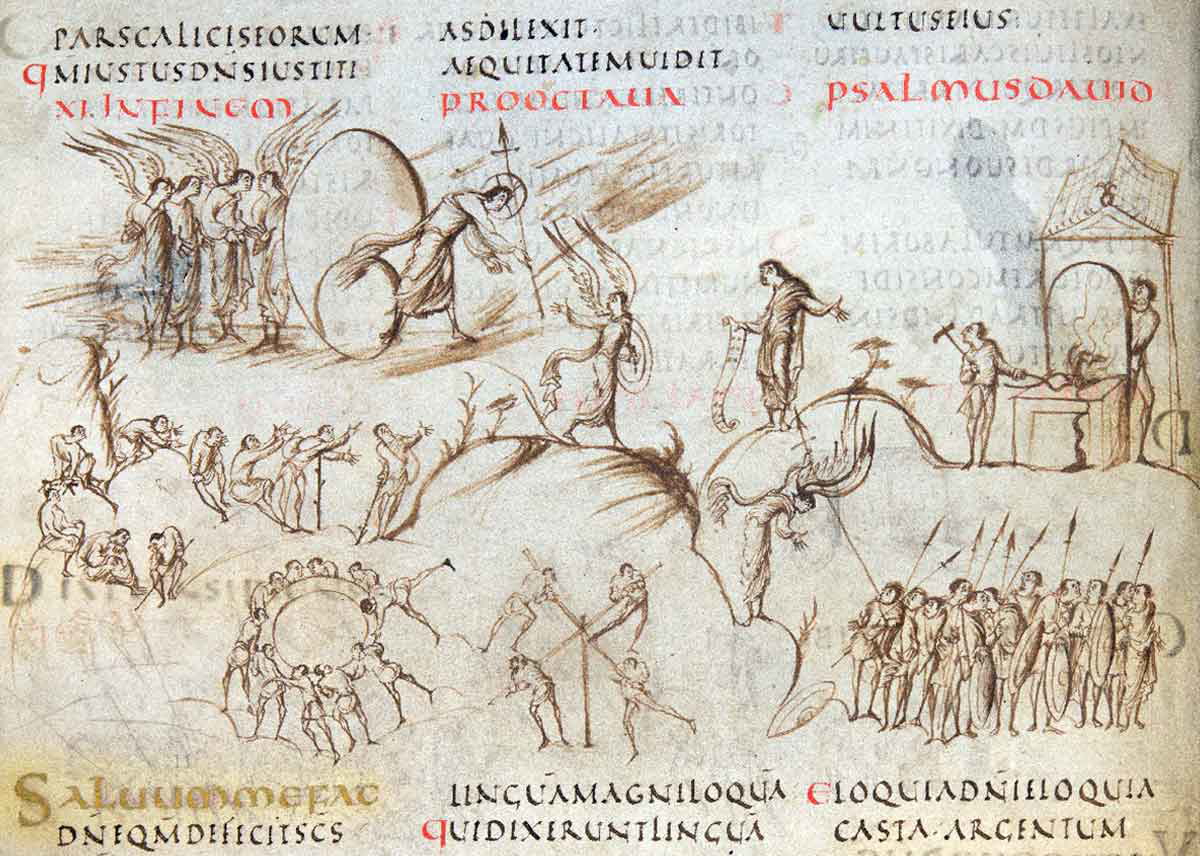
Due to the range of authors and dates, the different Psalms do not have a single historical context. The number of Psalms grew as time passed, and events gave rise to new hymns, prayers, or laments. The similarity between Psalm 18 and 2 Samuel 22:2-51 is striking. Essentially, 2 Samual 22 represents the Psalm in its historical context. Similarly, Psalm 137 provides detail on the context by identifying where the people were and what caused them to question how they could sing a song of joy while in exile.
Psalm 30 provides context in its introduction. Written by David, the Psalm was meant as a song of dedication at the inauguration of the Temple. David had passed away by the time the Temple was built. Other Psalms may not be dedicated to a single event but call to remembrance what God had done for Israel in the past. Psalm 106:9, for example, remembers how God brought the Israelites through the Red Sea.
Structure
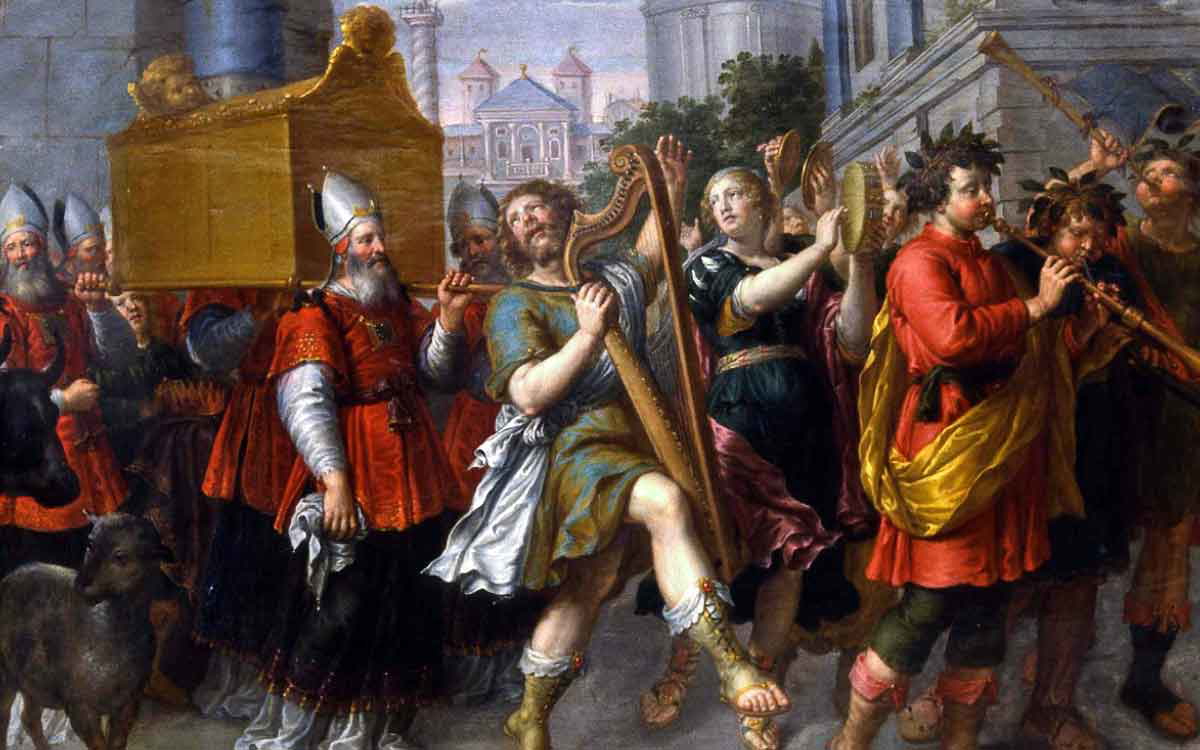
Many scholars recognize five books within the Book of Psalms. Whether this was done purposefully to reflect the Pentateuch is not clear.
Book 1 (Psalm 1-41)
This book refers to God as Yahweh. It declares God’s sovereignty and contrasts the righteous with the wicked. Psalms 1 and 2 introduce these themes. Psalm 41:13 concludes this book, stating: “Blessed be the LORD, the God of Israel, from everlasting to everlasting! Amen and Amen.”
Book 2 (Psalms 42-72)
Book two tends to use the name Elohim for God. Book two focuses on trust in God, lament, and the hope of deliverance. Exile comes into view in this section of the Psalms. This book closes with the doxology: “Blessed be the LORD, the God of Israel, who alone does wondrous things. Blessed be his glorious name forever; may the whole earth be filled with his glory! Amen and Amen! The prayers of David, the son of Jesse, are ended” (Psalm 72:18-20).
Book 3 (Psalms 73-89)
These Psalms echo some questions the prophet Habakkuk had about God’s justice. Why do the wicked seem to prosper while Israel goes into exile? The book closes with: “Remember, O Lord, how your servants are mocked, and how I bear in my heart the insults of all the many nations, with which your enemies mock, O LORD, with which they mock the footsteps of your anointed. Blessed be the LORD forever! Amen and Amen” (Psalm 89:50-52).
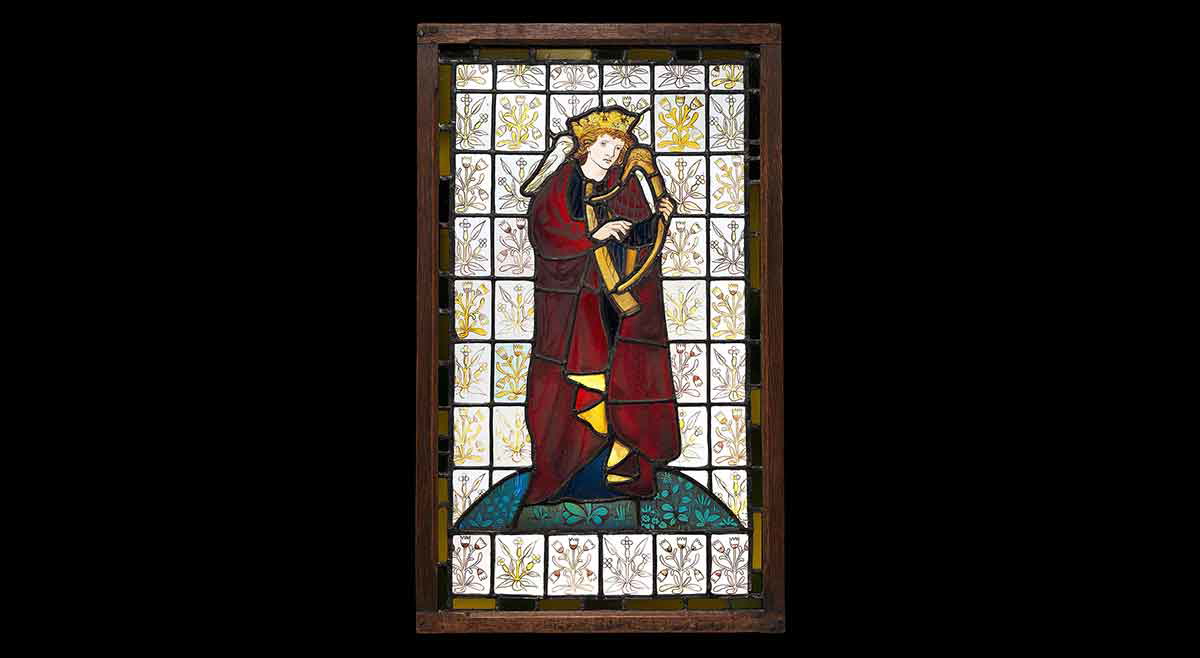
Book 4 (Psalms 90-106)
These 17 Psalms declare the greatness of God and acknowledge his rule over history. Book 4 concludes with: “Blessed be the LORD, the God of Israel, from everlasting to everlasting! And let all the people say, ‘Amen!’ Praise the LORD!” (Psalm 106:48).
Book 5 (Psalms 107-150)
The last book within the Book of Psalms focuses on deliverance, the faithful love of God, and the expectation of the coming Messiah and the Kingdom of God. It concludes this subsection and the Book of Psalms stating: “Let everything that has breath praise the LORD! Praise the LORD!” (Psalm 150:6).
Main Themes
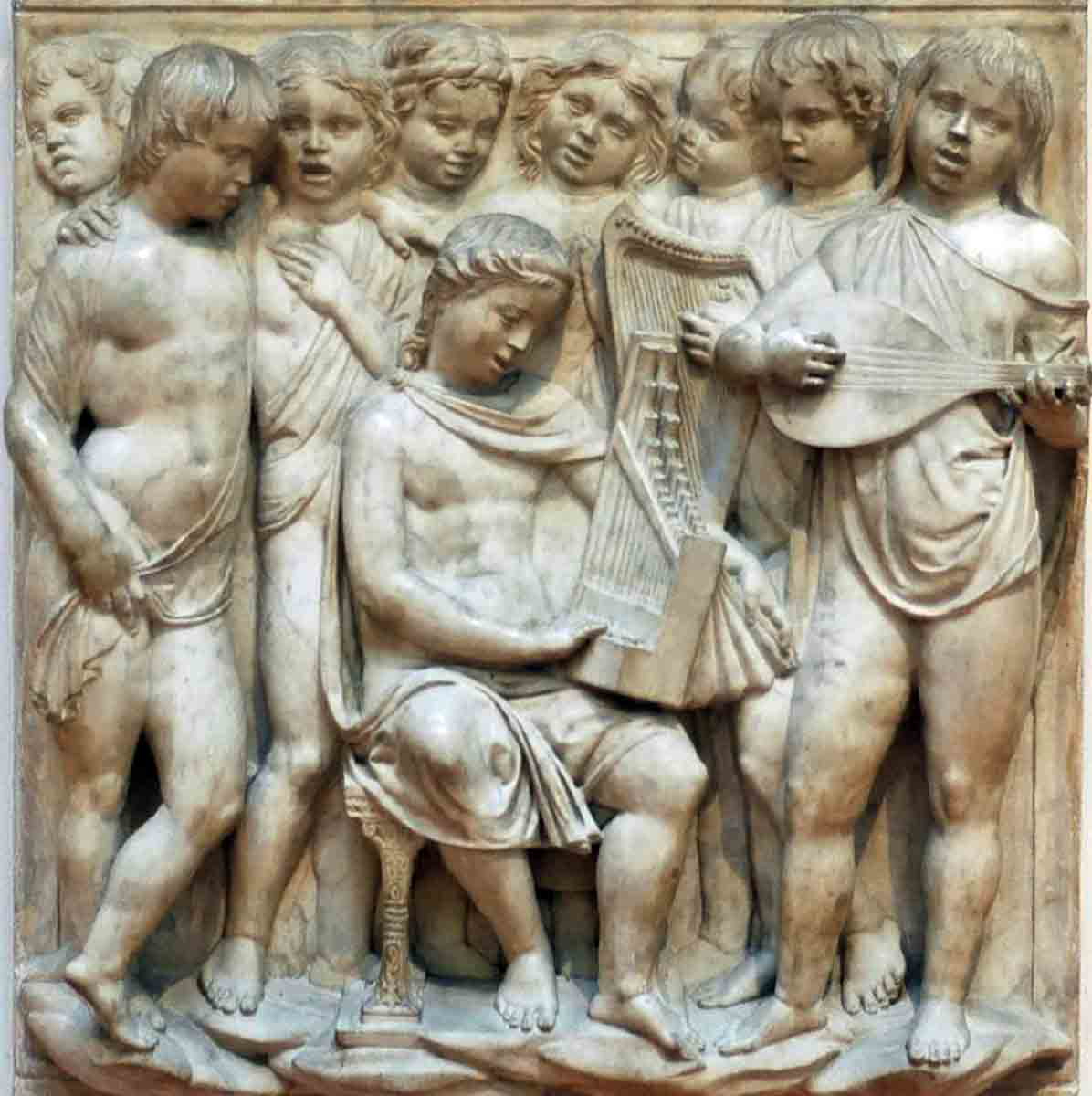
Messianic prophecies
Several Psalms contain elements that prefigured Christ or events from his life. See as examples the relations between Psalm 22 and Mark 15:34, Psalm 31 and Luke 23:46, Psalm 41:9 and Matthew 26:14-16, 47-50, Psalm 69 and John 19:28, and Psalm 118:22 and Matthew 21:42.
The silence of God
Some Psalms express the experience of God being silent and seemingly absent. Psalm 13:1 and 22:1-2 serve as examples. The writer, however, expresses faith even in the face of apparent absence, though questioning why God seems to be hiding.
Creation and salvation
Some Psalms focus on God as the creator or savior. In Psalm 8, David is in awe of God for his creative endeavors, while he emphasizes God as his light and salvation in Psalm 27.
Lament
Many Psalms deal with lament as the people of God realize their folly as they suffer the repercussions of their deeds. Sometimes the consequences manifest in illness, exile, or even spiritual drought. Examples are Psalms 6, 42, and 137.
Key Passages
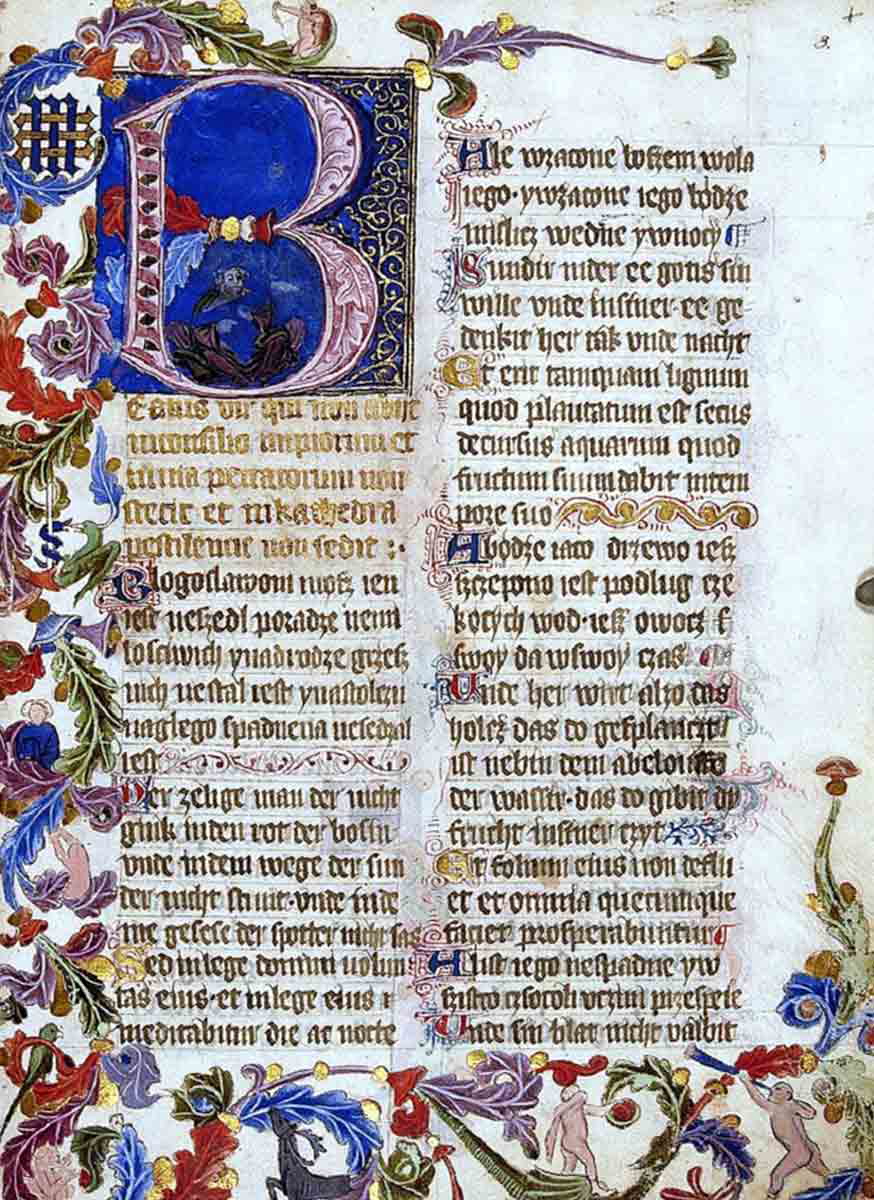
Psalm 23:1-2
“A Psalm of David. The LORD is my shepherd; I shall not want. He makes me lie down in green pastures. He leads me beside still waters.”
One of the most well-known Psalms sung in many congregations is Psalm 23. David supposedly wrote this Psalm during his early years as a shepherd of his flock.
Psalm 91:1-2
“He who dwells in the shelter of the Most High will abide in the shadow of the Almighty. I will say to the LORD, ‘My refuge and my fortress, my God, in whom I trust.’”
Another Psalm often invoked in times of danger or as a sign of God’s protection is Psalm 91. It calls on the supernatural protection of God when it states: “A thousand may fall at your side, ten thousand at your right hand, but it will not come near you” (verse 7).
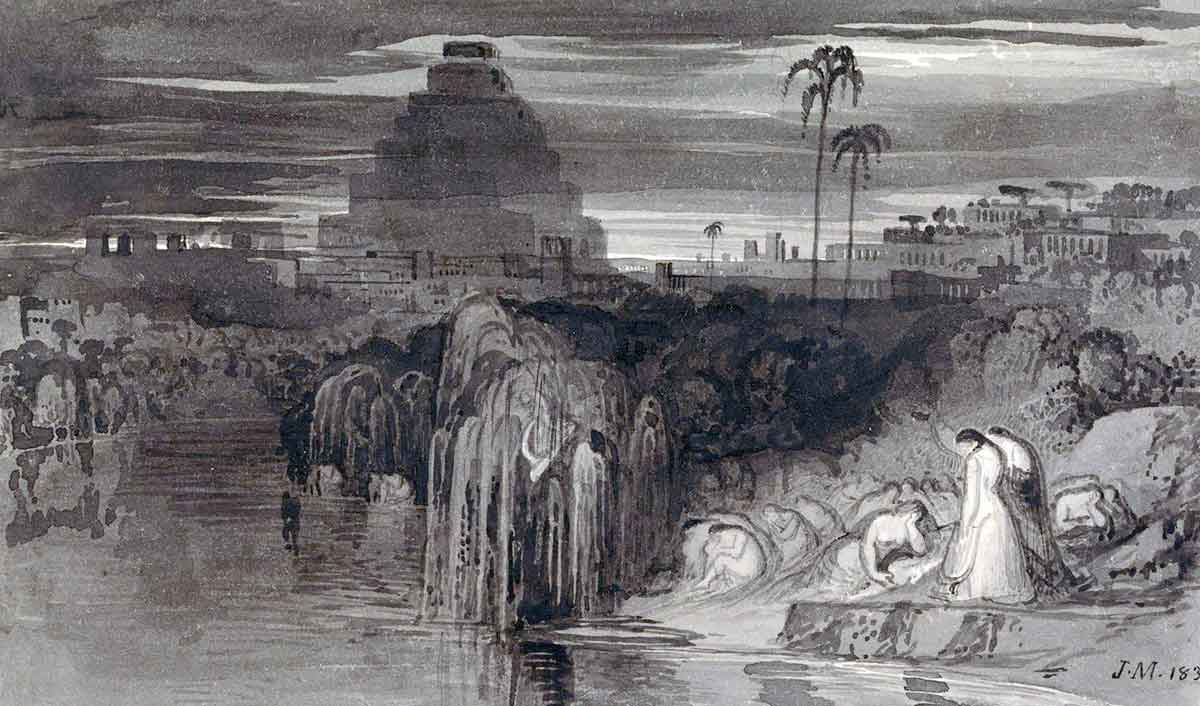
Psalm 137:1
“By the waters of Babylon, there we sat down and wept, when we remembered Zion.”
Popularized by Boney M in their hit single from 1978 titled By the rivers of Babylon, this Psalm has been part of the liturgy of several churches for ages. However, none of the churches use the whole Psalm due to its violent content in the closing verses. It reads: “O daughter of Babylon, doomed to be destroyed, blessed shall he be who repays you with what you have done to us! Blessed shall he be who takes your little ones and dashes them against the rock!” (verse 8-9). Some scholars consider it an incomplete song that does not include the introspection and repentance other Psalms like Psalm 139 have.
Psalm 139:21-24
“Do I not hate those who hate you, O LORD? And do I not loathe those who rise up against you? I hate them with complete hatred; I count them my enemies. Search me, O God, and know my heart! Try me and know my thoughts! And see if there be any grievous way in me, and lead me in the way everlasting!”
Psalms with an accusatory tone and hateful rhetoric tend to end with introspection and the realization that the accuser also needs mercy. Psalm 139 is an excellent example of the radical transformation in tone. The speaker, realizing he may also harbor things in his life that are contrary to God, asks God to search his inner being and reveal it. He asks this so that he can address the issue and gain the path to eternity.
Contemporary Relevance

The contemporary reader will find much to relate to in the Psalms because of the range of situations it addresses. The use of Psalms in liturgy is common in most denominations, and often the hymns from Psalms are the longest passages from scripture believers know by heart. It provides the reader with samples of spiritual practice such as prayer, praise, and hymns. It also provides hope, solace, and wisdom, in addition to many ideas that the reader could meditate on.
